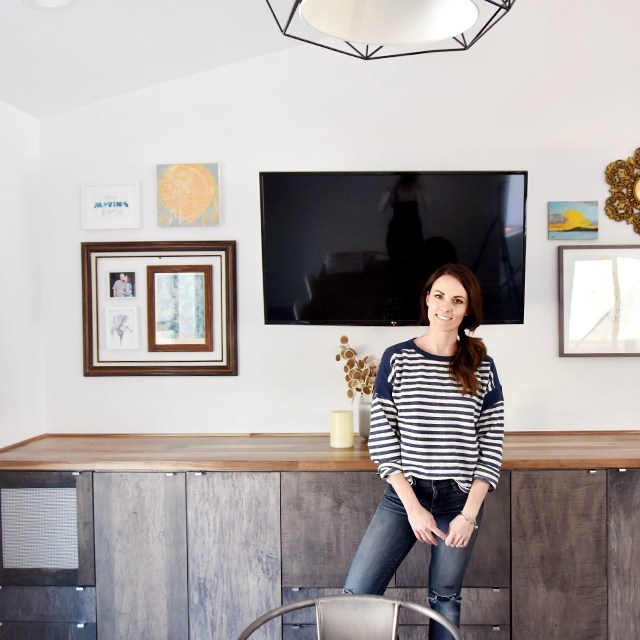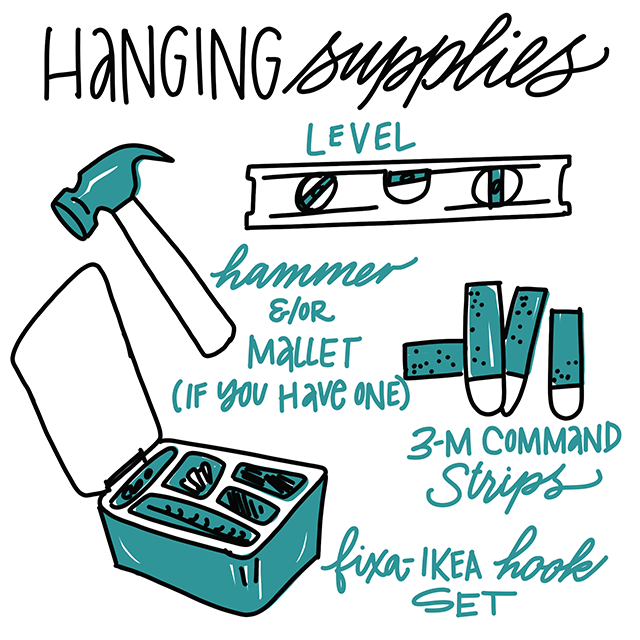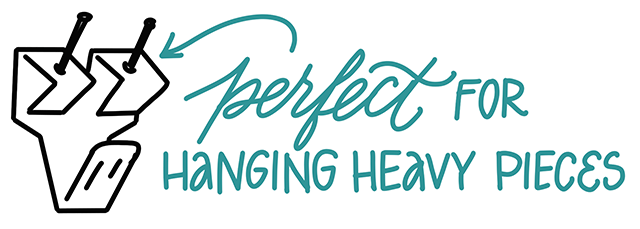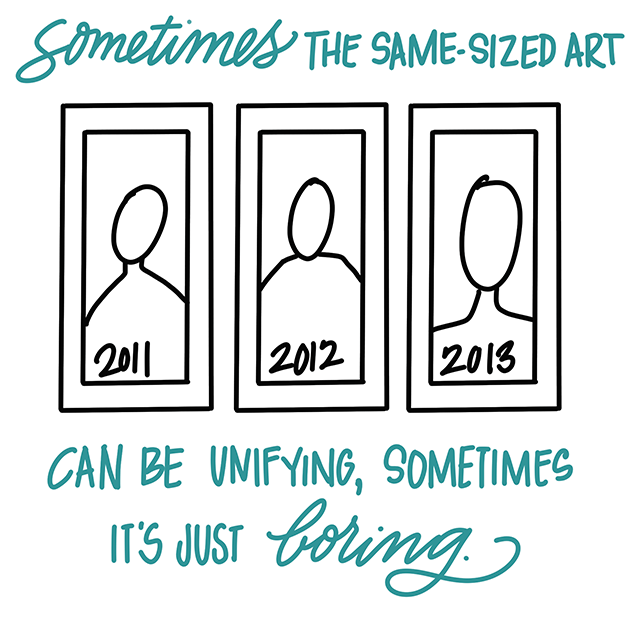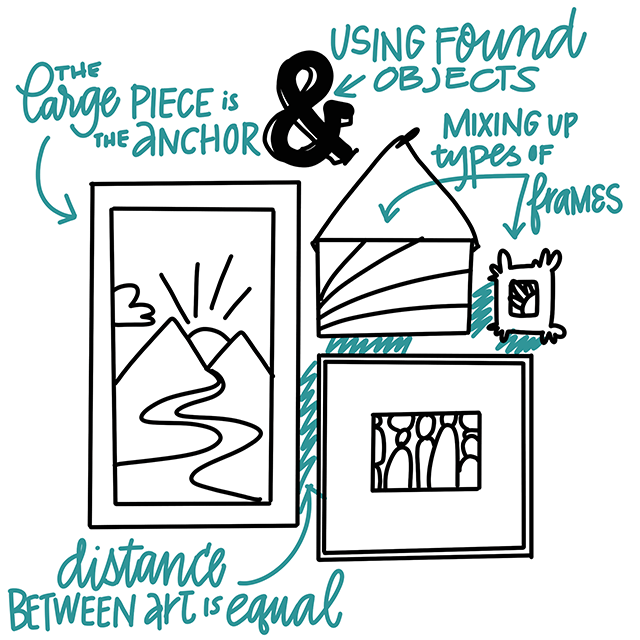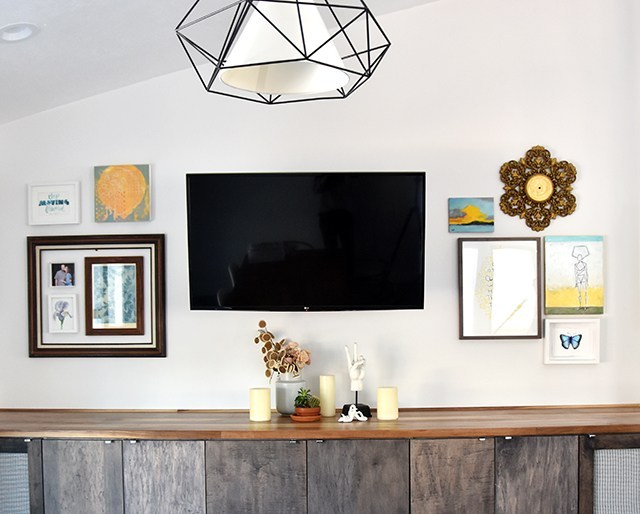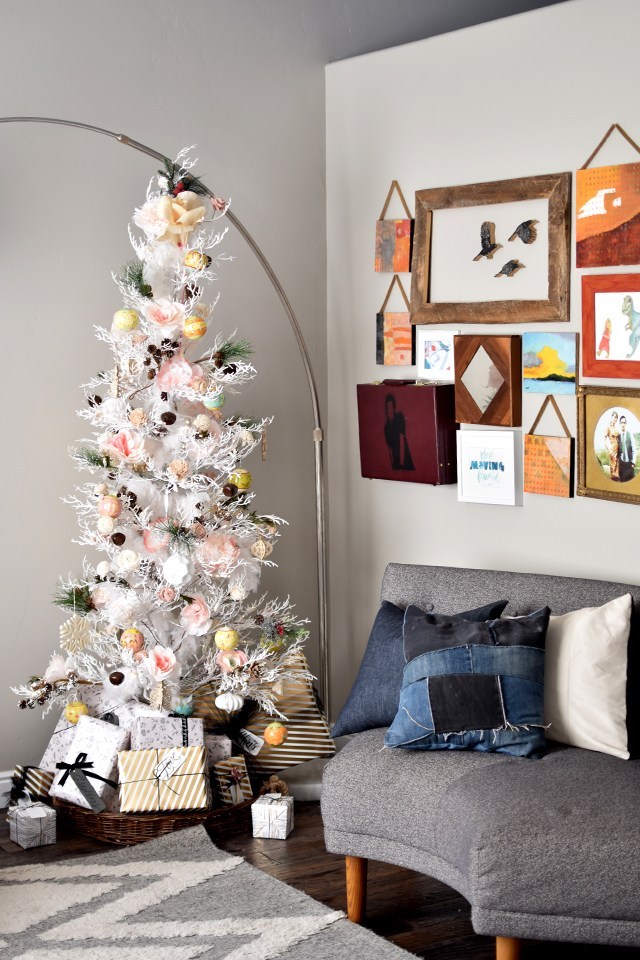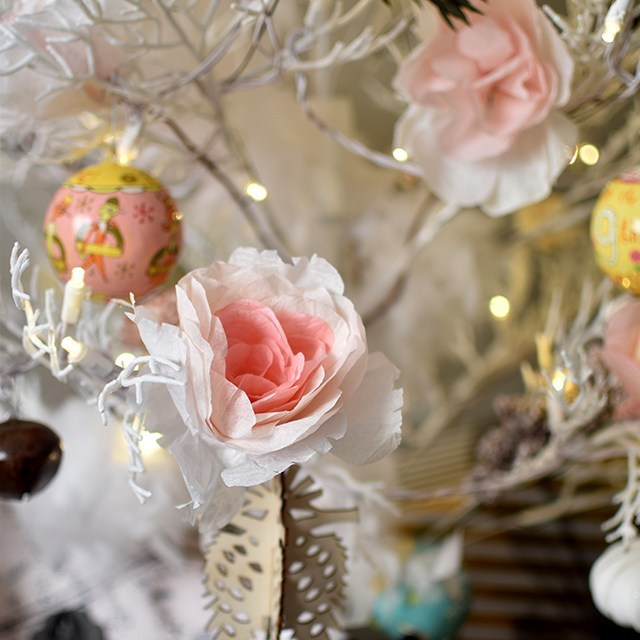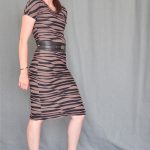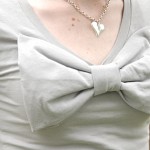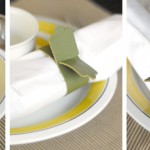This may be a silly post, but I often get asked about where I get the artwork I’ve collected in my home and where I get them framed. Sure I’ve had some special pieces (investment pieces) custom framed. And it was worth every penny. But I personally love a mixture of high-low. Also, custom framing every. single. piece of art gets expensive!! Especially if the piece has more seasonality to it.
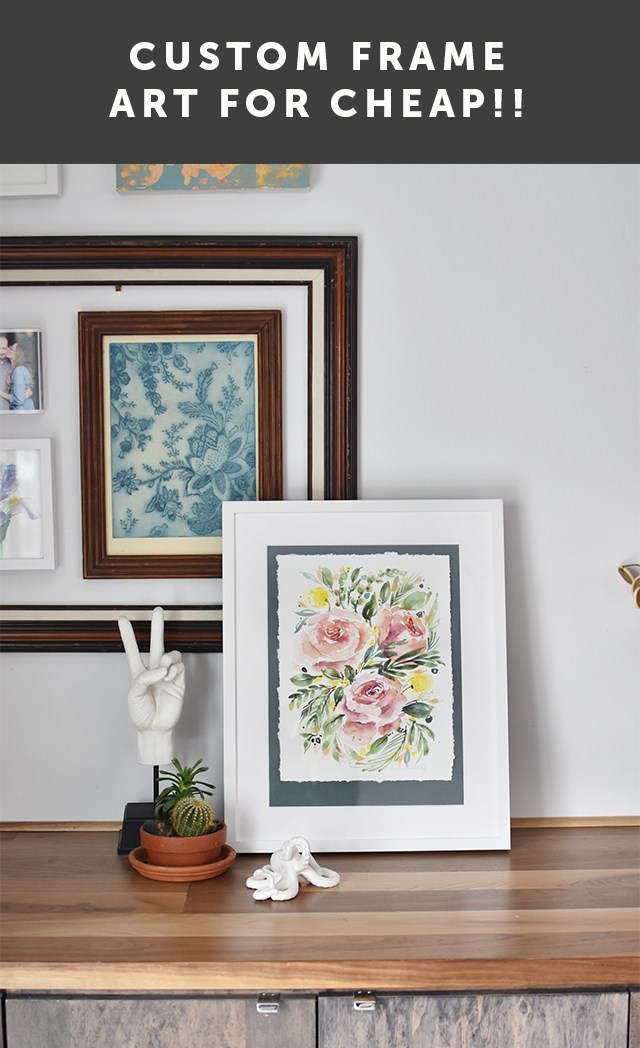
Back in my college days, I took a framing class down in the basement of the BYU Museum of Art. It was a thrilling experience to be in the same room as original Van Goghs and Monets and Picassos and Maxxes. Brigham Young University has one of the largest private art collections in the United states. IT’S AMAZING!!! But that’s beside the point. I had the awesome chance to learn how to properly frame pieces myself to add to my home. During this experience I learned the “right way”, but also that there’s a “good enough” way. So I’m going to share with you the “good enough” way to do a floating frame with artwork with a deckled edge. And how to create a deckled edge on any of your prints or pieces. As long as it’s paper, it can deckle!

Here’s what you’ll need:
- Frame with a mat the same size or just larger than the artwork
- Artwork (the more cotton-y the paper the better, but it still works on prints)
- Metal-edge ruler
- Tombow Sticky Tabs
- Backer paper the size of your frame (this paper has tons of pretty colors)
- Pencil for marking out the outline of the large backer paper
- Scissors for trimming down the backer paper
I strongly recommend just watching the video above for the step-by-step. But if you’re the speed-reading type see below for directions:
- Get your frame and artwork and measure how much you need to reduce the size of your artwork to fit it into the frame nicely. I would personally recommend making the artwork around 1/2 inch smaller than the mat opening on each side (if you’re using a frame without a mat, make it 1/2 inch smaller than the frame opening on each side. Depending upon what sizes your art and frame are, this may take some math. You may notice in the video above, I just eyeballed it. You can eyeball your measurements a little bit with deckled edges because it adds to the charm of the deckle. That said, I’m also pretty darn good at eyeballing square measurements (humble brag ;)).
- Lay your metal ruler over the artwork just shy of what you want to remove.
- Press down on the ruler to keep it secure, you don’t want it wiggling around!!
- Starting from the top, slowly rip off the excess paper all the way down the side.
- Repeat on all 4 sides. You don’t want to remove less than 1/2 inch of paper for a deckle, mostly because it’s a pain in the fingers to do that!! (see video)
- Lay the mat over the backer paper and trace over the exterior perimeter with pencil.
- Cut excess paper with scissors (these lines don’t have to be perfect). If you’re not using a mat in your frame, cut the backer paper down to fit the full size of the frame.
- Place the mat back on the backer paper, lining the corners up nicely.
- Put Tombow Sticky Tabs on the backside of the artwork along the corners and sides. Remove the double sided covers of the sticky tape
- Gently center the artwork within the mat area and press into place.
- Place all pieces (mat, art with backer and frame backer board) back into the frame and hang!

I really love the effect of the rich-colored backer paper. White would have looked fine, but I like how the deckled edge becomes more pronounced with the accent color of the backer paper.
For very little time and very little money, you’ll have a framed piece that looks like a million bucks! Let me know if you end up using this tutorial. I hope it was helpful. Tag me on instagram @melissapher if you use this technique!
This tutorial and accompanying printable is free for personal use. Feel free to share, but link with love.
Affiliate links are used to help support my crafting addiction. Your support and purchasing through these links doesn’t affect your final price, but helps me make more content like this. All thoughts and opinions are my own.





